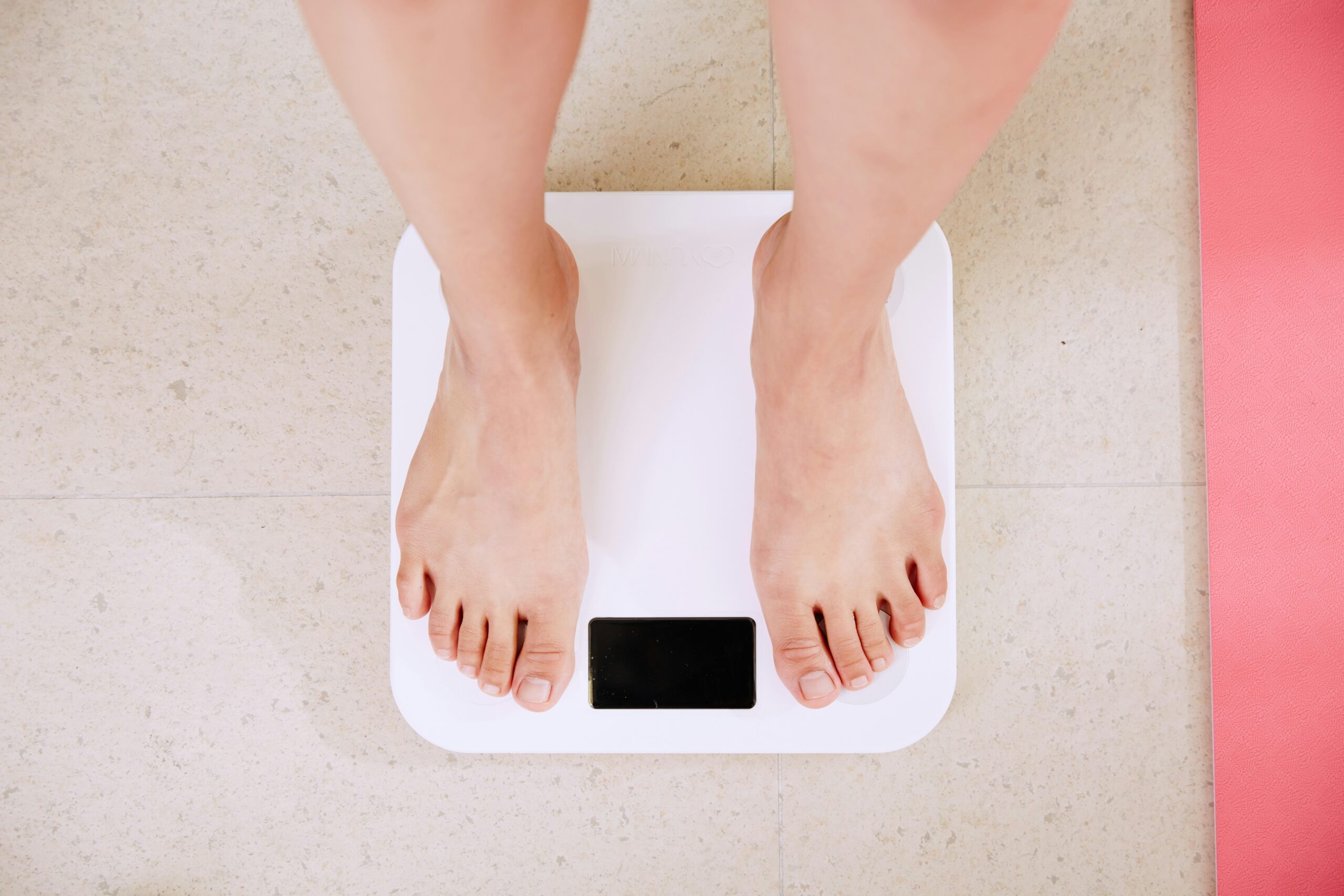Want to shed those extra pounds with the keto diet, but not sure where to start? Look no further! In this article, we will explore the recommended macronutrient ratio for keto weight loss. By understanding the optimal balance of fat, protein, and carbohydrates, you’ll be equipped with the knowledge to kickstart your weight loss journey and achieve your health goals. So, let’s dig in and uncover the secrets to successfully melting away those unwanted pounds!
Understanding Macronutrients
Definition of Macronutrients
Macronutrients are the essential nutrients that our body requires in large quantities for optimal functioning. They provide the energy and building blocks necessary for growth, repair, and maintenance of tissues. There are three main macronutrients: carbohydrates, proteins, and fats.
Types of Macronutrients: Carbohydrates, Proteins, Fats
Carbohydrates are the primary source of energy for the body. They are broken down into glucose, which is used as fuel for various bodily functions. Good sources of carbohydrates include whole grains, fruits, and vegetables.
Proteins are essential for the growth, repair, and maintenance of tissues. They are made up of amino acids, which are the building blocks of protein. Sources of protein include meat, fish, poultry, legumes, dairy products, and nuts.
Fats are concentrated sources of energy and are important for the absorption of fat-soluble vitamins. They also play a crucial role in hormone production and insulation of body organs. Fats can be found in foods such as avocados, nuts, seeds, and oils.
Role of Macronutrients in the Body
Carbohydrates provide the body with immediate energy. They are readily converted into glucose, which fuels our brain, muscles, and other organs. Proteins, on the other hand, are responsible for repairing and building tissues. They are involved in the production of enzymes, hormones, and antibodies. Fats, although often viewed negatively, are crucial for a healthy body. They provide long-term energy storage, insulation, and support the proper functioning of cell membranes.
What is Keto Diet
Definition of Keto Diet
The ketogenic diet, or keto diet for short, is a low-carbohydrate, high-fat diet that has gained popularity in recent years. It involves drastically reducing your carbohydrate intake and replacing it with fat. This forces the body to enter a state of ketosis, where it starts using stored fat as its primary fuel source instead of carbohydrates.
History and Origin of Keto Diet
The keto diet was initially developed in the 1920s as a therapeutic diet for patients with epilepsy. It was later found to be effective for weight loss and managing certain metabolic conditions. Over time, it has gained attention for its potential health benefits beyond weight loss.
Types of Ketogenic Diets
There are different variations of the ketogenic diet, each with its own macronutrient ratio. The standard keto diet typically consists of 75% fat, 20% protein, and 5% carbohydrates. Other variations include the targeted keto diet, cyclical keto diet, and high-protein keto diet. These variations may be tailored to individual preferences and goals.

How Keto Diet Works for Weight Loss
Process of Ketosis
Ketosis is the metabolic state that occurs when the body does not have enough carbohydrates to burn for energy, and instead, starts breaking down fat into ketones. Ketones are then used as an alternative fuel source by the body. This is the main principle behind the effectiveness of the keto diet for weight loss.
Keto Diet and Fat Burning
By limiting carbohydrate intake, the body’s glycogen stores become depleted. This prompts the body to shift to burning fat for fuel, leading to increased fat burning and weight loss. The high-fat content in the diet provides satiety and helps control cravings, making it easier to maintain a calorie deficit.
Keto Diet and Appetite Reduction
The consumption of adequate protein and healthy fats on the keto diet helps you feel fuller for longer. Protein has a high satiety value, while fats slow down digestion and provide a sustained feeling of satisfaction. This can lead to reduced hunger and a decreased overall calorie intake, facilitating weight loss.
Macronutrient Ratios in a Typical Diet
Carbohydrate Intake in a Typical Diet
In a typical diet, carbohydrates tend to make up a significant portion of the macronutrient ratio. It is recommended that carbohydrates should account for about 45-65% of total daily calories. However, this may vary based on individual needs and activity levels.
Protein Intake in a Typical Diet
Protein is an essential macronutrient that plays a vital role in various bodily functions. The recommended daily intake of protein is around 10-35% of total calories. This can be achieved through the consumption of lean meats, poultry, fish, beans, and other sources of protein.
Fat Intake in a Typical Diet
Fats should make up around 20-35% of total daily calories in a typical diet. However, it is important to choose healthy sources of fats, such as nuts, seeds, avocado, olive oil, and fatty fish. Saturated fats and trans fats should be limited, as they can increase the risk of certain health conditions.

Macronutrient Ratio in Keto Diet
Recommended Carbohydrate Intake
In the standard keto diet, carbohydrate intake is limited to 5% of total calories. This typically equates to less than 50 grams of carbohydrates per day. By drastically reducing carbohydrate intake, the body is forced to rely on fat for fuel, leading to ketosis and subsequent weight loss.
Recommended Protein Intake
Protein intake on the keto diet is moderate, making up around 20% of total calories. This helps preserve muscle mass and supports various bodily functions. It is important to choose high-quality sources of protein, such as lean meats, poultry, fish, and plant-based protein sources.
Recommended Fat Intake
Fat intake on the keto diet is high, making up around 75% of total calories. This may initially seem counterintuitive, but it is essential for providing the body with energy and maintaining ketosis. Good sources of fats on the keto diet include avocados, nuts, seeds, coconut oil, and butter.
Impact of Macronutrient Ratio on Weight Loss
Impact of Carbohydrate Restriction
The restriction of carbohydrates on the keto diet is one of the main factors that contribute to weight loss. By minimizing carbohydrate intake, insulin levels are lowered, and the body is prompted to burn fat for fuel. This process can lead to rapid weight loss, especially in the initial stages of the diet.
Importance of Adequate Protein Intake
Adequate protein intake is crucial for preserving muscle mass, which is especially important during weight loss. Protein also has a higher thermic effect, meaning it requires more energy to digest, thus increasing the overall calorie expenditure. This can aid in weight loss and help maintain lean body mass.
Role of High Fat Intake
The high fat intake on the keto diet provides a feeling of satiety, reduces hunger pangs, and helps control cravings. Fats are also essential for the absorption of fat-soluble vitamins and support various bodily functions. They provide sustained energy and contribute to the overall success of the diet for weight loss.

Calculating Your Macronutrient Ratio
Estimating Your Caloric Needs
To determine your macronutrient ratio, it is important to first estimate your daily caloric needs. This can be done using online calculators or by consulting with a registered dietitian. Factors such as age, gender, weight, height, activity level, and goals should be taken into consideration.
Determining Your Personal Macronutrient Goals
Once you have estimated your daily caloric needs, you can determine the macronutrient distribution that aligns with your goals. If your goal is weight loss, a higher fat and lower carbohydrate ratio may be more appropriate. However, it is important to consult with a healthcare professional or registered dietitian for personalized advice.
Tracking Your Macronutrient Intake
To ensure that you are meeting your macronutrient goals, it can be helpful to track your food intake using a food diary or a mobile app. This allows you to monitor your macronutrient ratios and make any necessary adjustments to stay within your desired range.
Adjusting Macronutrient Ratios for Personal Needs
Adjusting Carbohydrate Levels
Depending on personal preferences and goals, the carbohydrate levels on the keto diet can be adjusted. Some individuals may find that they can achieve and maintain ketosis with slightly higher carbohydrate intake, while others may need to further reduce their carbohydrates to stay in ketosis. Experimentation and self-monitoring are key in finding the right balance.
Adjusting Protein Levels
Protein levels should remain relatively stable on the keto diet to maintain muscle mass and support bodily functions. However, personal needs and activity levels may require adjustments. Athletes or those engaging in intense physical activity may need slightly higher protein intake to support muscle repair and recovery.
Adjusting Fat Levels
Fat levels on the keto diet can also be adjusted based on personal needs and goals. Some individuals may find that they need slightly higher fat intake to achieve ketosis, while others may find that they can lower their fat intake without compromising their results. It is important to listen to your body and make changes accordingly.
Benefits and Side Effects of Keto Diet
Health Benefits of Keto Diet
The keto diet has been shown to have several health benefits beyond weight loss. It may help improve insulin sensitivity, reduce inflammation, and promote a healthy heart by improving lipid profiles. Some studies have also suggested that the keto diet may have a positive effect on certain neurological conditions.
Potential Side Effects of Keto Diet
While the keto diet can be effective for weight loss and improving health markers, it is not without potential side effects. Some individuals may experience the “keto flu” during the initial stages of transitioning to ketosis. This can cause symptoms such as headache, fatigue, irritability, and constipation. It is important to stay properly hydrated and consult with a healthcare professional if experiencing severe or prolonged side effects.
Long-term Implications of Keto Diet
The long-term implications of the keto diet are still being researched. Some concerns have been raised about the potential impact of high fat intake on cholesterol levels and cardiovascular health. It is essential to maintain a balanced approach and prioritize healthy fats while on the keto diet. Regular monitoring of blood lipid profiles and consulting with a healthcare professional is recommended.
Frequently Asked Questions About Macronutrient Ratios
Can I Vary My Macronutrient Ratios?
Yes, macronutrient ratios can be adjusted based on personal preferences and goals. The ratios mentioned in this article are general recommendations, and individuals may find that they need to adjust their intake to suit their bodies’ needs.
What Happens if I Eat too Many Carbohydrates?
Consuming too many carbohydrates on the keto diet can disrupt the state of ketosis and reduce the effectiveness of the diet for weight loss. It is important to keep carbohydrate intake within the recommended range to maintain the desired metabolic state.
How Much Protein is too Much on a Keto Diet?
While protein is an important macronutrient on the keto diet, excessive protein intake can potentially lead to a process called gluconeogenesis, where protein is converted into glucose. This can affect ketosis. It is generally recommended to consume moderate levels of protein to support muscle mass and overall health.
What Kinds of Fats are Best on a Keto Diet?
The focus on the keto diet should be on consuming healthy fats. Good sources of fats on the keto diet include avocados, fatty fish, nuts, seeds, olive oil, coconut oil, and grass-fed butter. It is important to prioritize monounsaturated and polyunsaturated fats over saturated and trans fats for optimal health benefits.
In conclusion, understanding macronutrients and their role in the body is crucial when following a keto diet for weight loss. By manipulating the macronutrient ratios, specifically by reducing carbohydrates and increasing fat intake, the body can enter a state of ketosis, leading to fat burning and weight loss. However, it is important to consult with a healthcare professional or registered dietitian before starting any new diet to ensure it aligns with individual needs and goals. Monitoring macronutrient intake, adjusting ratios if necessary, and being mindful of potential side effects are essential for long-term success on the keto diet.

